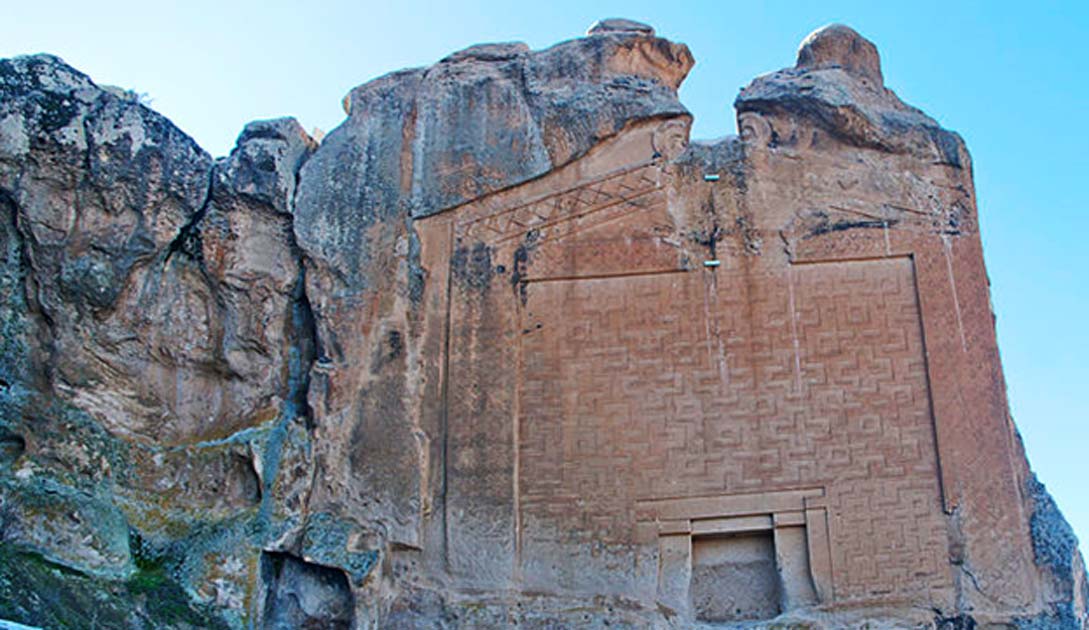
11 September, 2019 – 01:47 dhwty
The Mysterious Midas City: 2,800-Year-Old City with Monumental Facades and Strange Inscriptions
A being named Midas has been immortalized in Yazılıkaya, Turkey. Many people think the famous inscription dedicated to this person referred to the king remembered for his ‘golden touch’, but that’s just because the deity associated with the Midas Monument is usually known by another name.
Who Was Midas?
Yazılıkaya (known also as Phrygian Yazılıkaya, or Midas Kenti) is a village located in the northwestern Turkish province of Eskişehir. This village is notable for its archaeological remains from the Phrygian period, in particular a rock inscription mentioning a ‘Midas’. Thus, these archaeological remains are sometimes referred to as the Midas Monument or Midas Kenti (which translates as the ‘City of Midas’), and were even once considered to be the tomb of the legendary King Midas.
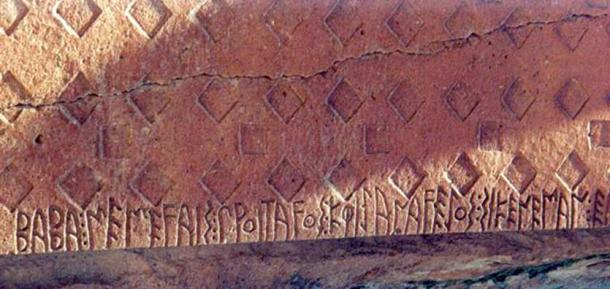
Inscription in the Phrygian alphabet. This is part of the Midas Tomb in Midas City (Midas Şehri), Turkey. ( CC BY SA 2.5 )
The literal translation of Yazılıkaya is ‘inscribed rock’, which is a reference to its famous rock inscription. According to the archaeological evidence, this site was first settled around the 8th century BC by a group of people known as the Phrygians. According to the Greek historian Herodotus, the Phrygians were not the natives of Anatolia, but were Thracian Brygians who had crossed the Hellespont to settle in Anatolia. Herodotus’ claim has been confirmed by historians today who have established that the Phrygian language is related to those from the southern Balkan Peninsula.
- The Mother of all Gods: The Phrygian Cybele
- Everything he Touched Turned to Gold: The Myth and Reality of King Midas
- Make Way for the Powerful Assyrian Kings: The History of the Message-Laden Balawat Gates
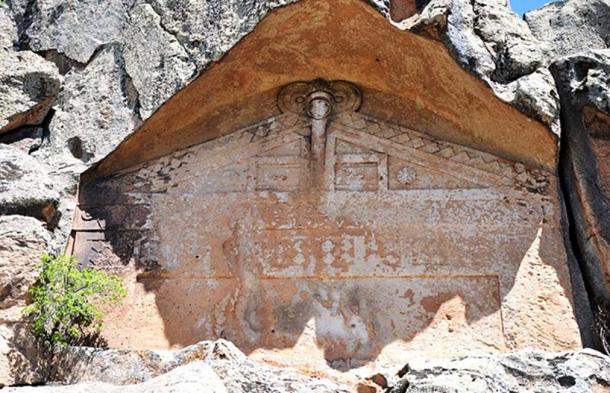
Unfinished façade, the city of Midas, Yazılıkaya, Turkey. Source: MEH Bergmann/ CC BY SA 4.0
The Phrygians established their capital at Gordian. Yazılıkaya, on the other hand, became an important religious center. This interpretation of the city is supported by the presence of a large amount of monumental structures. The best-known of these monuments is the so-called Midas Monument, which acquired its name as a result of the presence of the word in an inscription located on the upper left-hand side of the façade. Most people would be familiar with King Midas, the most famous ruler of Phrygia, due to the story known as Midas’ touch. In this well-known myth, the king was given the power to turn anything he touched into gold.
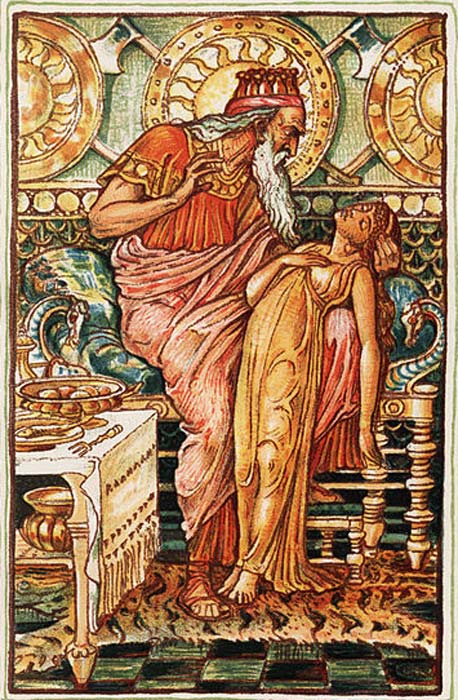
Midas’ daughter turned to gold. ( Public Domain )
As a matter of fact, the Midas on the inscription is the surname of Cybele, a Phrygian goddess regarded to be the Mother of the Gods. In addition, what was originally thought to have been the tomb of the legendary King Midas was actually a sanctuary to this goddess. This monument dates to the 8 th century B.C., and is older than the rest of the site. The sanctuary has a niche, into which a statue of Cybele could be placed during the religious ceremonies.
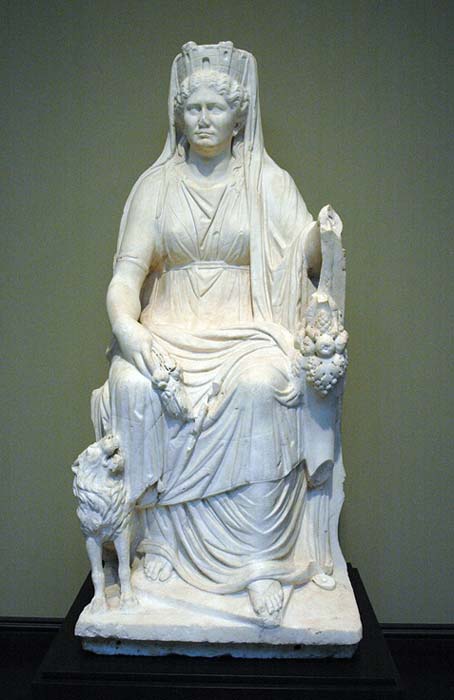
Cybele enthroned, with lion, cornucopia and Mural crown. Roman marble. ( Public Domain )
Another interesting feature of Yazılıkaya is its rock-cut necropolis, which is situated to the south of the Midas monument. In this area, several Phrygian tombs may be found. In addition to this, the ancient site also possessed an acropolis. As the acropolis is on top of a high place, one could have a magnificent panorama of the entire site.
The City of Midas Gains its Popular Name
Around the late 4th century BC, the site was suddenly abandoned. The city of Yazılıkaya was more or less lost to the West until it was re-discovered during the 19th century. In 1800, a Colonel William Martin Leake came across the site by chance during a military mission that took him from Istanbul to Egypt. It was, however, during the latter part of the 19th century that Yazılıkaya became known as the City of Midas. It was William M. Ramsay, a Scottish archaeologist, who first gave this name to the site.
- Vibrations and sounds may have enhanced worship of Great Goddess Cybele
- Band Posters of the Renaissance: How Medieval Music Fans Showed off Their Taste
- The Ancient Kingdom of Tuwana: A Bridge that Aided the Flow of Culture
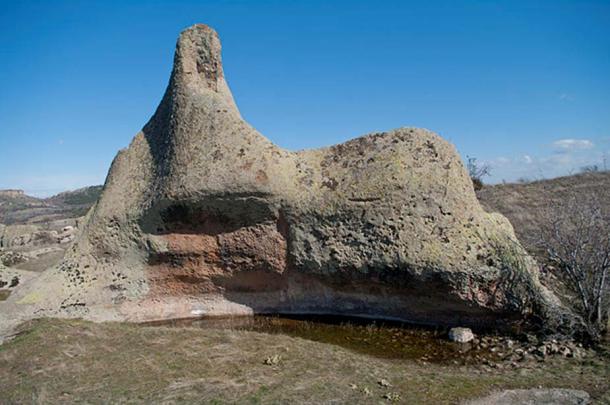
A rock formation at the top of Midas city ruins, Yazılıkaya village, Han – Eskişehir, Turkey. (Zeynel Cebeci/ CC BY SA 4.0 )
The first systematic archaeological excavations of Yazılıkaya only began in 1936, and were directed by the French Archaeological Institute in Istanbul. This first phase of archaeological work continued until 1939, when the Second World War broke out. Several significant discoveries, including rock reliefs and water cisterns, were made during this time.
Archaeological excavations at Yazılıkaya recommenced after the war ended, in 1948. This period of excavations lasted until 1951 and is notable for its discovery of the necropolis. Archaeological work at Yazılıkaya has also been carried out during the 1970s and 1990s. Most recently, during the 21st century, the plain surrounding the site was surveyed, leading to the discovery of other monuments from the Phrygian period. Apart from that, Yazılıkaya has been turned into a tourist destination today.
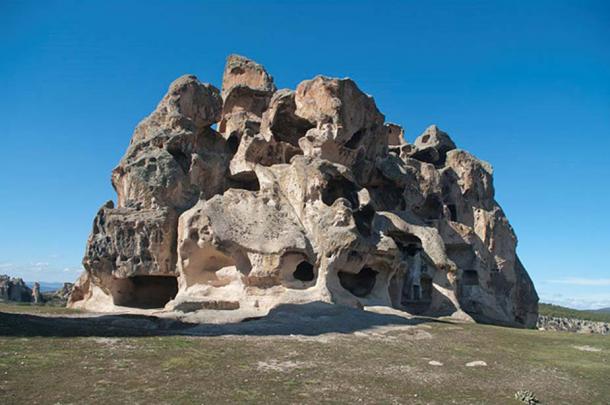
A northeastern side view of a rock-cut necropolis with several Phrygian tombs which lies to the south of the Midas Monument in Yazılıkaya (lit. “inscribed rock” in Turkish) village, Eskişehir – Turkey. (Zeynel Cebeci/ CC BY SA 4.0 )
Top image: The Midas Monument, Yazılıkaya. Source: Zeynel Cebeci/ CC BY SA 4.0
By Wu Mingren References


Leave a Reply